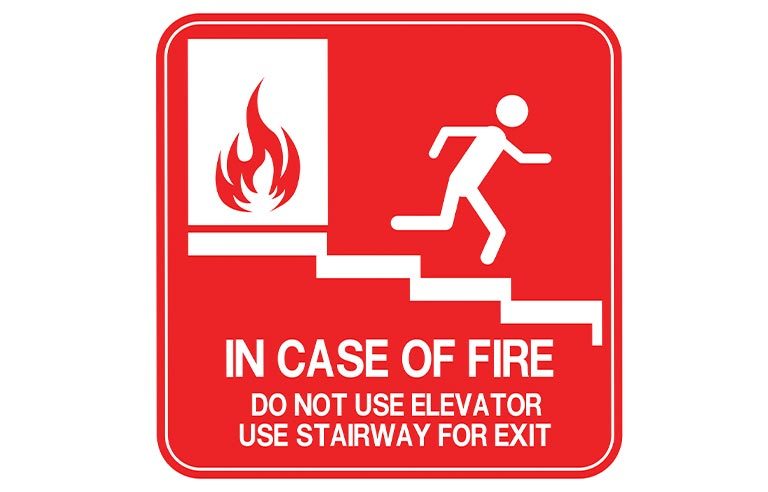Campus fire drills ‘may never have been more important,’ fire marshal says

Newburyport, MA — Fire drill schedules on college and university campuses should be maintained, and fire drill plans and responses updated or modified, during the COVID-19 pandemic, according to University of Delaware Fire Marshal Kevin T. McSweeney.
“The need for conducting fire drills may never have been more important [than] now even though sensitivity may exist toward the additional disruption a fire drill being something to avoid,” McSweeney, who also serves as treasurer and secretary of the Center for Campus Fire Safety, writes in an article recently published on the CCFS website.
Conducting fire drills on campuses amid the pandemic has added the challenges of ensuring those who are evacuating are wearing masks and adjusting where evacuees meet or gather to abide by local physical distancing measures. Campuses are collaborating with resident assistants – who oversee student occupants – to provide additional resources and more safety-related training, according to McSweeney.
“Even when there’s no COVID, it’s a primary concern,” McSweeney told Safety+Health about campus fire safety. “It’s about knowing what your hazards are and protecting yourself accordingly.”
UD has established new fire drill frequencies for workers at campus health care facilities (quarterly/on each shift), public assembly buildings (quarterly), mercantile locations (periodically) and businesses with more than 500 occupants (annually).
One concern to keep in mind: As fire safety officials on campuses around the country adjust building protocol to include one-way entries and exits to help reduce the spread of COVID-19, this measure could cause confusion during a fire drill or an emergency event.
“In a higher education environment, you have a lot of foreign students and people from other countries,” McSweeney said. “They wouldn’t be able to recognize an exit sign because the markings in different countries are so different. We don’t want to send mixed signals.”
Post a comment to this article
Safety+Health welcomes comments that promote respectful dialogue. Please stay on topic. Comments that contain personal attacks, profanity or abusive language – or those aggressively promoting products or services – will be removed. We reserve the right to determine which comments violate our comment policy. (Anonymous comments are welcome; merely skip the “name” field in the comment box. An email address is required but will not be included with your comment.)

